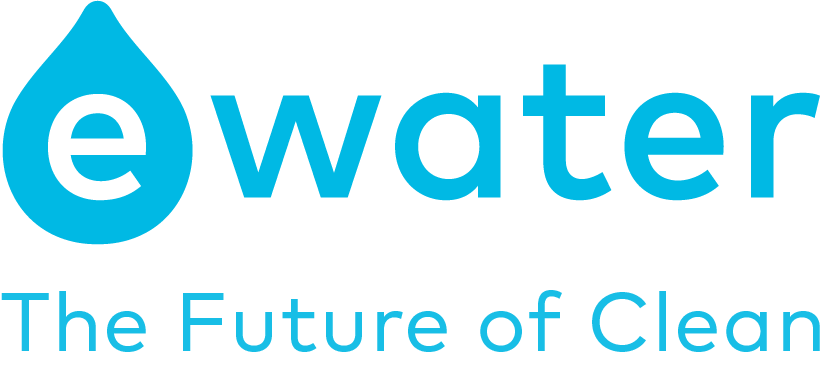The size of the global chemical industry exceeded US$5 trillion in 2017 and is projected to double by 2030.
The benefits of action to minimize the adverse impacts of chemicals have been estimated in the high tens of billions of United States dollars annually.
International treaties and voluntary instruments have reduced the risks of some chemicals and wastes, but progress has been uneven and implementation gaps remain.
Countries will not meet the internationally agreed goal to minimize the adverse impacts of chemicals and waste by 2020, meaning that urgent action is required to reduce further damage to human health and economies, according to a UN report released earlier this month.
The second Global Chemicals Outlook, presented during the UN Environment Assembly in Nairobi, finds that the current chemical production capacity of 2.3 billion tonnes, valued at US$5 trillion annually, is projected to double by 2030.
Global Production Today
2.3 Billion Tonnes
$5 Trillion
The Impact of Chemicals
Despite commitments to maximize the benefits and minimize the impacts of this industry, hazardous chemicals continue to be released to the environment in large quantities. They are ubiquitous in air, water and soil, food and humans. The world must take advantage of the many solutions that already exist and are highlighted in the report.
“Whether the growth in chemicals becomes a net positive or a net negative for humanity depends on how we manage the chemicals challenge,”
Joyce Msuya, Acting Executive Director of UN Environment.
The World Health Organization estimated the burden of disease from selected chemicals at 1.6 million lives in 2016, which is likely an underestimate. Chemical pollution also threatens a range of ecosystem services. Conversely, the benefits of action to minimize adverse impacts have been estimated in the high tens of billions of United States dollars annually.
From pharmaceuticals to plant protection, chemicals play an important role in modern society and in achieving the goals of the 2030 Agenda for Sustainable Development. Driven by economic development, population dynamics and other global megatrends, the chemicals market across a range of industry sectors is growing.
The Asia-Pacific region is projected to account for more than two-thirds of global sales by 2030.
Pesticides have been found to negatively impact pollinators, excess use of phosphorous and nitrogen in agriculture continues to contribute to ocean dead zone and chemicals used in sunscreens put pressure on coral reef ecosystems. Studies also indicate that releases of some anti-microbials, heavy metals and disinfectants contribute to antimicrobial resistance.
Hazardous chemicals and other pollutants (e.g. plastic waste and pharmaceutical pollutants) continue to be released in large quantities. They are ubiquitous in humans and the environment and are accumulating in material stocks and products, highlighting the need to avoid future legacies through sustainable materials management and circular business models
Solutions Exist
The report finds that governments are taking regulatory action on many chemicals. Frontrunner companies are advancing standards beyond compliance and sustainable supply chain management. Consumers are driving demand for safer products and production. Industry and entrepreneurs are developing green and sustainable chemistry innovations. Scientists are filling data gaps. Universities are reforming the way chemistry is taught. Management approaches – from chemical hazard assessment to risk management and life cycle analysis – are advancing.
Opportunities exist for key influencers such as investors, producers, retailers, academics and ministers to scale up these initiatives. This would not only protect human health and the environment, but also deliver economic benefits in the high tens of billions of United States dollars annually.
Case Study: Walmart
The world’s largest retailer has become a signatory to the Chemical Footprint Project and launched its public commitment to sustainable chemistry in 2013. It pledged to base this on three pillars: transparency of ingredients, advancing safer formulations and a safer choice in private brands.
The development of a future global platform for the sound management of chemicals and waste beyond 2020 provides a window of opportunity. As the report highlights, this framework needs to bring together all relevant sectors and stakeholders and foster collaborative, ambitious action.
Given the critical role of the sound management of chemicals and waste in halting biodiversity loss, facilitating access to clean energy and achieving other Sustainable Development Goals and targets, opportunities exist to create synergies with these and other international policy agendas.
About the Global Chemicals Outlook II
The Global Chemicals Outlook II: From Legacies to Innovative Solutions – Implementing the 2030 Agenda for Sustainable Development has been prepared by UN Environment over the past three years through a process involving more than 400 scientists and experts around the world.
About UN Environment
UN Environment is the leading global voice on the environment. It provides leadership and encourages partnership in caring for the environment by inspiring, informing, and enabling nations and peoples to improve their quality of life without compromising that of future generations. UN Environment works with governments, the private sector, civil society and with other UN entities and international organizations across the world.



